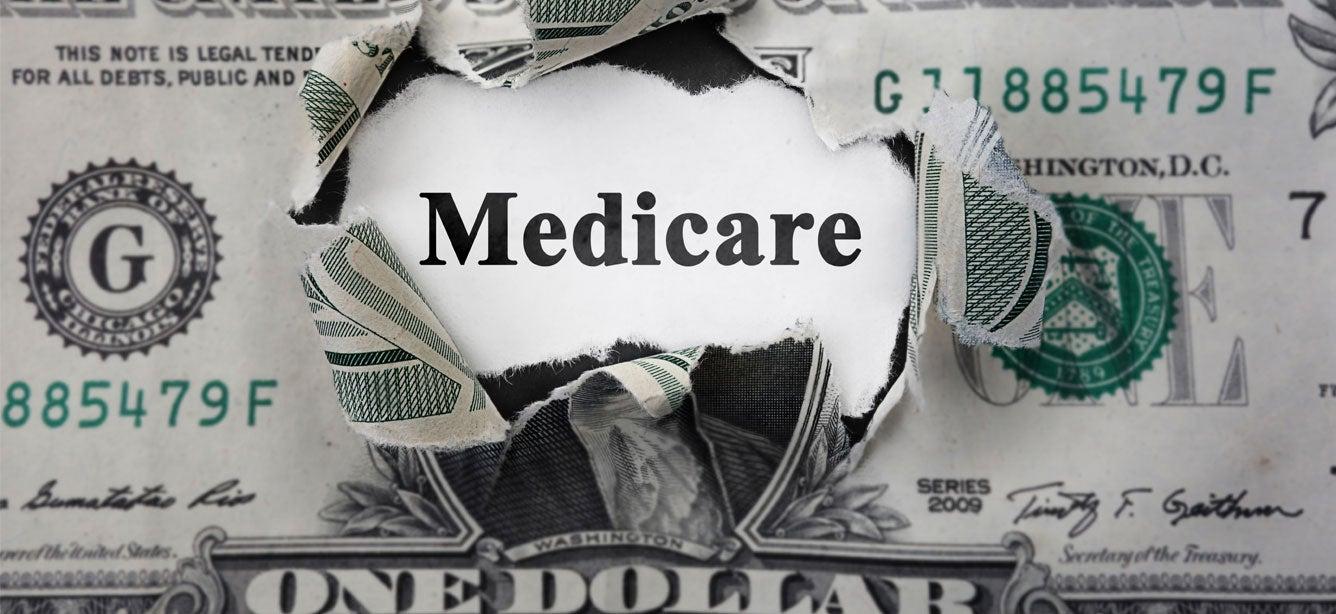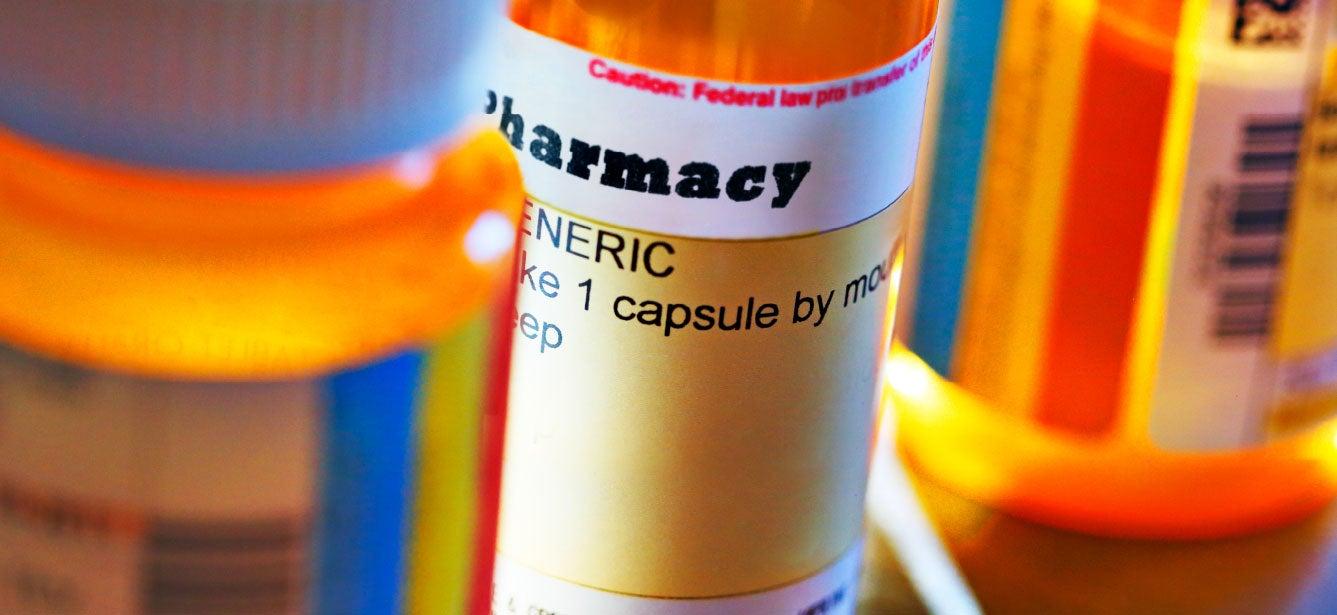
For various reasons, some people may delay enrollment in Medicare. The Medicare Buy-in Programs allow qualifying people who delayed enrollment into either Part A or Part B to enroll outside regular enrollment periods. Beneficiaries enroll via the Part A Buy-in or Part B Buy-in by applying for the Medicare Savings Programs (MSPs) in their state. There are separate eligibility requirements for each program. Every state has a Part B Buy-in program, but the Part A Buy-in program is only available in certain states.
This Frequently Asked Questions article, developed for us by the Medicare Rights Center, explains the Buy-in programs and process. Learn about:
- Traditional enrollment windows for people to get Medicare
- Eligibility requirements to receive premium-free Part A
- The Medicare Savings Programs and their eligibility criteria
- How to help beneficiaries apply for the Part A and/or Part B buy-in program
What are the Medicare Part A and Part B Buy-in programs
The following are some common questions related to the Part A and Part B Buy-in programs.
When can you initially enroll in Medicare?
A person can sign up for Medicare for the first time during one of three enrollment periods:
- Initial Enrollment Period (IEP): A person can enroll in Medicare at any time during this seven-month period, which includes the three months before, the month of, and the three months following their 65th birthday. The date when their Medicare coverage begins depends on when they sign up. If they sign up the month before they turn 65, coverage starts the month they turn 65. If they sign up the month they turn 65—or anytime during the three months that follow—coverage begins the next month.
- Part B Special Enrollment Period (SEP): SEPs are periods outside normal enrollment periods, triggered by specific circumstances. The Part B SEP allows someone to delay enrollment in Part B without penalty if they are covered by insurance based on their or their spouse’s current work (job-based insurance) when they first become eligible for Medicare. With this SEP, a person can enroll in Medicare without penalty for up to eight months after they lose their job-based insurance or they (or their spouse) stop working, whichever comes first.
Medicare coverage begins the first month after they enroll. For example, if a person retires and signs up for Medicare in February, their coverage will begin March 1. To avoid a gap in coverage, a person should enroll in Medicare the month before their job-based insurance will end. - General Enrollment Period (GEP): If a person does not enroll in Medicare when they originally became eligible for it (either during their IEP or Part B SEP), they can sign up during the GEP. The GEP takes place Jan. 1 through March 31 each year, with coverage starting the first day of the month after enrollment. A person may incur a Part B late enrollment penalty (LEP) and face gaps in coverage if they sign up during the GEP.
Who is eligible for premium-free Medicare Part A?
Medicare Part A is free for Medicare-eligible people who:
a) Have at least 40 calendar quarters (10 years) of work in any job where they paid Social Security taxes, or
b) Are eligible for Railroad Retirement benefits, or
c) Have a current spouse, deceased spouse, or ex-spouse who qualifies for premium-free Part A under a) or b) (see below for more information)
After turning 65, a person may be eligible for premium-free Part A based on their spouse’s work history if:
- They are currently married, and their spouse is eligible for Social Security benefits (either retirement or disability). In addition, the person must have been married for at least one year before applying.
- The person is divorced, and their former spouse is eligible for Social Security benefits (either retirement or disability). In addition, they must have been married for at least 10 years and must now be single.
- The person is widowed after being married for at least nine months before their spouse died. In addition, they must now be single.
Beneficiaries who are Medicare-eligible but do not meet any of the above criteria must pay a monthly premium for Part A. In 2025, the Part A premium is $565 per month for those who worked less than 7.5 years and $311 per month for those who worked between 7.5 and 10 years. Note that people who are under 65, collecting Social Security Disability Insurance (SSDI), and eligible for Medicare always receive premium-free Part A.
People who must pay a premium for Part A may be eligible for the Part A Buy-in .
What are the Medicare Savings Programs?
The Medicare Savings Programs help pay Medicare costs for people with limited incomes. To apply for any MSP, beneficiaries must have at least one part of Medicare. There are three main MSPs, each with different benefits and eligibility requirements:
- Qualified Medicare Beneficiary (QMB)
- Specified Low-income Medicare Beneficiary (SLMB)
- Qualifying Individual (QI)
All three MSPs:
- Pay for the monthly Part B premium ($202.90 in 2026)
- Automatically enroll beneficiaries in Extra Help (also known as the Low-Income Subsidy/LIS), which is a federal program that helps pay Part D drug costs (see question 10)
- Eliminate the Part B late enrollment penalty
- Enroll beneficiaries in Part B outside the General Enrollment Period
In certain states, QMB enrollment also leads to a person being “bought into” premium-free Part A.
What are the income and asset limits for the Medicare Savings Programs?
Listed below are the baseline federal income and asset limits for each MSP. Most states follow these general guidelines, but some set higher income limits or do not count assets at all. These limits are tied to the Federal Poverty Guidelines and are updated each year. New limits are usually released in January or February and apply retroactively to January 1.
For state-specific MSP eligibility information, contact the beneficiary’s State Health Insurance Assistance Program (SHIP) or a local Medicaid office (see question 1).
MSP monthly income and asset limits for 2025
|
MSP |
Monthly Income Limit for 2025 |
Asset Limit for 2025 |
|
OMB |
$1,325 Individual $1,783 Couple |
$9,660 Individual $14,470 Couple |
|
SLMB |
$1,585 Individual $2,135 Couple |
$9,660 Individual $14,470 Couple |
|
|
$1,781 Individual $2,400 Couple |
$9,660 Individual $14,470 Couple |
These income limits are based on the 2025 federal poverty level (FPL) and include a standard $20 disregard. New limits are released in January or February each year, with an effective date of Jan. 1. The way income and assets are counted to determine eligibility varies from state to state. Contact a local Medicaid office for assistance counting income and resources.
Those who are approved for an MSP will need to recertify every year. Typically, the person should receive a notice in the mail to recertify. If a beneficiary does not receive a notice or request for additional information, contact their local Medicaid office and ask about the recertification process.
What is the Part B Buy-in program?
All states have a Part B Buy-in, which is a process that can help someone enroll in Part B outside regular enrollment periods.
Normally, a beneficiary must wait until the GEP to sign up for Part B if they did not enroll in Part B when first eligible (see question 2). But people who qualify for an MSP can enroll in Part B outside the GEP.
To be eligible for the Part B Buy-in, beneficiaries must:
- Meet the eligibility requirements in their state for any level of MSP (see question 4).
- Be enrolled in Part A. If the beneficiary is eligible for premium-free Part A, they can enroll in Part A at any time. Those who pay a premium for Part A have to wait for the GEP to enroll (unless they live in a state that has a Part A Buy-in agreement and they meet the criteria). Once a beneficiary enrolls in Part A, they can apply for an MSP.
After successfully getting the Part B Buy-in, beneficiaries should be enrolled in:
- Medicare Parts A, B, and D
- A Medicare Savings Program, which at a minimum pays the Part B premium ($202.90 in 2026)
- Extra Help, which lowers Part D drug costs
For more information about how to navigate the Part B Buy-in process, beneficiaries should contact their SHIP.
How does a beneficiary apply for the Part B Buy-in?
Beneficiaries who are eligible for the Part B Buy-in (see question 5 for requirements) should go to their local Medicaid office and ask to apply for an MSP. Beneficiaries should bring the following documents:
- Proof of date of birth (copy of birth certificate)
- Proof of all types of income, earned and unearned (pay stubs, pension statements, tax returns, proof of Social Security benefits)
- Proof of U.S. citizenship or lawful residence (passport, permanent resident card, U.S. birth certificate)
- Proof of address (license, state ID, utility bill)
- Copy of Medicare card
- Copy of Social Security card
It typically takes around 45 days to process a Part B Buy-in application. People who are approved for an MSP should:
- Be enrolled in premium-free Part B
- Receive a red, white, and blue Medicare card in the mail confirming Medicare enrollment
- Receive a notice from their local Medicaid office informing them which level of MSP they qualified for
What is the Part A Buy-in program?
The Part A Buy-in is a process available in certain states for people who are ineligible to receive premium-free Part A. This process allows qualifying people who delayed Part A enrollment to get Part A outside the GEP. Through the Part A Buy-in, beneficiaries have their Part A premium paid for by the state via the QMB MSP.
To be eligible for the Part A Buy-in, beneficiaries must:
- Be at least 65 years or older
- Be a current U.S. resident and either:
- A U.S. citizen, or
- A lawful permanent U.S. resident having lived in the U.S. for five continuous years before applying for Medicare
- Be ineligible for premium-free Part A
- Meet the eligibility requirements in their state for the QMB MSP
After successfully getting the Part A Buy-in, beneficiaries should be enrolled in:
- Medicare Parts A, B, and D
- Qualified Medicare Beneficiary MSP, which pays Part A and Part B premiums, and will cover or waive Medicare coinsurances, copayments, and deductibles
- Extra Help, which lowers Part D drug costs
The process for the Part A Buy-in varies greatly by state. Beneficiaries should contact their local Medicaid office for more information. Beneficiaries can also contact their SHIP to find out if there is a Part A Buy-In agreement in their state and learn more about the process.
How does a beneficiary apply for the Part A Buy-in?
Beneficiaries who are eligible for the Part A Buy-in must go to their local Social Security office and ask to be enrolled in Medicare Part B and conditional Part A. Beneficiaries should bring the following documentation:
- Proof of date of birth (copy of birth certificate)
- Proof of all types of income, earned and unearned (pay stubs, pension statements, tax returns, proof of Social Security benefits)
- Proof of U.S. citizenship or lawful residence (passport, permanent resident card, U.S. birth certificate)
- Proof of address (license, state ID, utility bill)
- Copy of Medicare card (if beneficiary has one)
- Copy of Social Security card
Before they leave the Social Security office, beneficiaries should receive a confirmation letter, also considered a receipt, that states they applied for Medicare Part B and conditional Part A. The receipt serves as proof of enrollment in Part B and conditional Part A. Conditional Part A means the person will only receive Part A after successfully completing the Part A Buy-in process, and therefore will not have to pay a premium for Part A (because the QMB MSP will pay for it).
Next, beneficiaries should go to their local Medicaid office and ask to apply for QMB and the Part A Buy-in. In addition to the documents listed above, they should bring the receipt from the Social Security office that states that they applied for Part B and conditional Part A.
Beneficiaries applying for the Part A Buy-in may also find it useful to bring citations from Social Security’s Program Operations Manual System (POMS). POMS citations may help agents at the Social Security office correctly process Medicare applications.
It typically takes around 45 days to process a Part A Buy-in application. People who are approved for the QMB MSP should:
- Be enrolled in premium-free Part A and Part B
- Receive a red, white, and blue Medicare card in the mail confirming Medicare enrollment
- Receive a notice from their local Medicaid office informing them that they are enrolled in QMB
What is the Medicare Part D Extra Help benefit, and how can a person who completes the Part A or Part B Buy-in process access it?
Part D is the part of Medicare that provides prescription drug coverage. This coverage is provided through private insurance companies that have contracts with the federal government. Extra Help is a federal program that helps with Part D costs.
Beneficiaries who enroll in any MSP should be automatically enrolled in the Extra Help program. Medicare will then automatically enroll (auto-assign) these people in a benchmark Part D plan, meaning Extra Help will pay the full cost of the beneficiary’s Part D premium (averaging $34.50 per month in 2026). Medicare will send the beneficiary a notice with details about the plan they are enrolled in.
Beneficiaries should make sure the benchmark plan they are auto-assigned to suits their needs, as it may not include all of their prescription drugs on its formulary, or it may include coverage restrictions that other plans do not.
Beneficiaries who prefer a different Part D plan can call 1-800-MEDICARE (1-800-633-4227) to switch plans. For three months after being notified of their Extra Help enrollment, they will have a one-time SEP to switch their Medicare Advantage or Part D plan. In addition to this, all beneficiaries with Extra Help have a quarterly SEP to change their drug coverage during the first three quarters of each year. They can use the fall Open Enrollment period (Oct. 15 through Dec. 7) to change their drug coverage in the final quarter of the year. For assistance comparing plans and/or navigating Part D enrollment, beneficiaries should contact their SHIP.
What are some options for beneficiaries who are not eligible for the Part A Buy-in?
To be eligible to receive premium-free Part A without the requisite work history, a person must be eligible for the QMB MSP. Those who do not meet QMB’s income requirements (see question 4 for requirements) may need to decide between enrolling in Medicare and choosing a different form of insurance. Below are two options for people who are ineligible for the Part A Buy-in or whose states do not offer the program:
1) Enroll in a Medicare Savings Program to get premium-free Part B insurance (i.e., complete the Part B Buy-in process), and pay out of pocket for the Part A premium. Any of the three MSPs will enroll a person in Part B and pay their monthly Part B premium. But the person would need to pay their Part A premium out of pocket. To enroll in Part A, beneficiaries may need to use the General Enrollment Period (Jan. 1 through March 31 each year, with coverage beginning the month after enrollment).
To enroll in Part A during the General Enrollment Period, beneficiaries can call Social Security (1-800-772-1213) or visit their local Social Security office. To enroll in an MSP, beneficiaries should go to their local Medicaid office.
2) Enroll in a Qualified Health Plan (QHP) through the Marketplace and do not enroll in Medicare. QHPs are insurance plans sold through federal or state-run Marketplaces. They are typically expensive for people who are eligible for premium-free Part A. But people who are not eligible for premium-free Part A can receive cost assistance (tax credits) for their QHP premium.
Enrolling in a QHP with cost assistance may be a better option than paying the Part A premium. Remember that in order to get a QHP with premium cost assistance, a beneficiary cannot enroll in any part of Medicare. This is because Marketplaces cannot sell QHPs to people who have Medicare coverage.
Beneficiaries should consider all consequences carefully before enrolling in a QHP. They may face penalties, including monetary penalties and delays in coverage, if they ever decide to enroll in Medicare.
For additional questions about the Buy-in programs, state-specific eligibility requirements, and/or the application process, contact the beneficiary’s SHIP or local Medicaid office.



